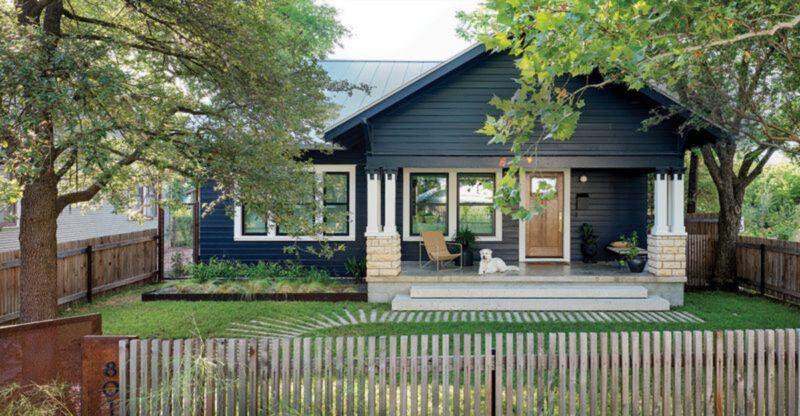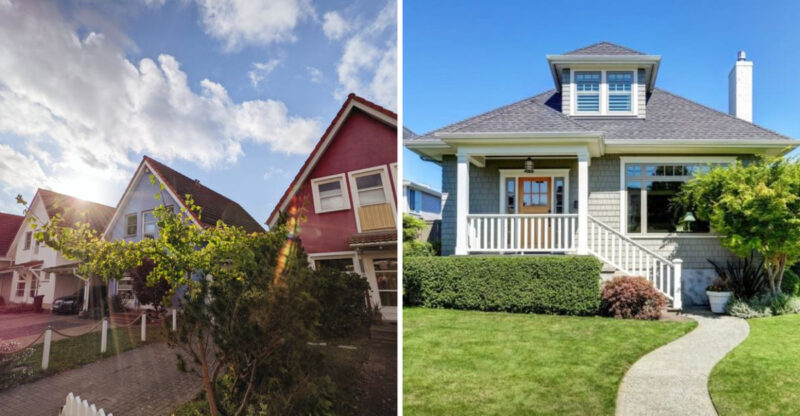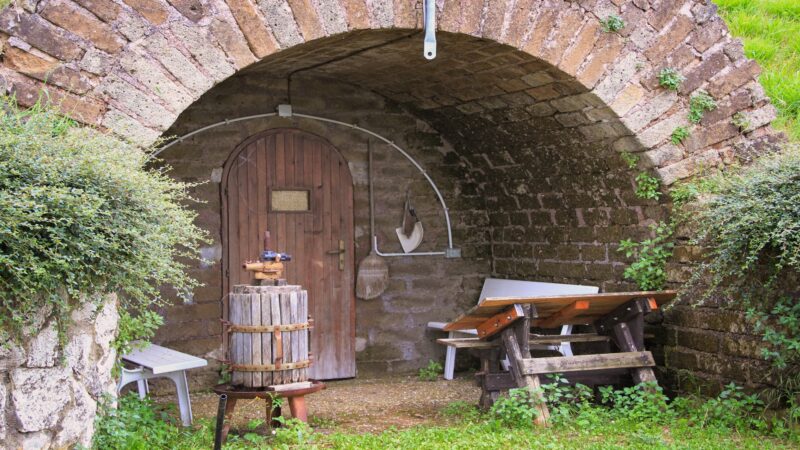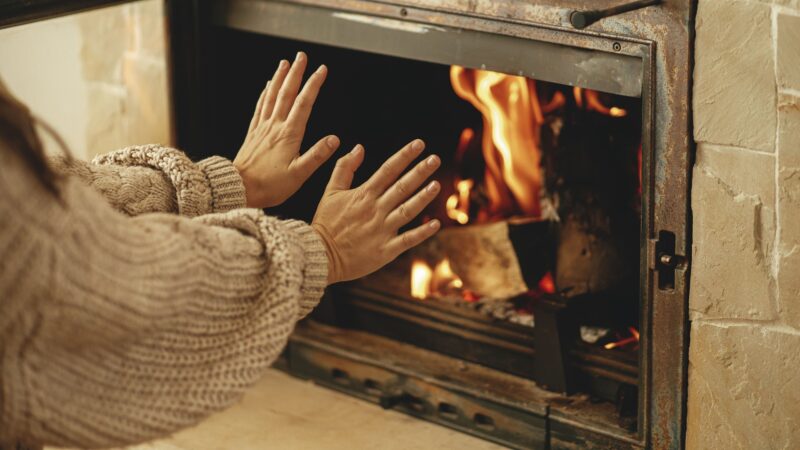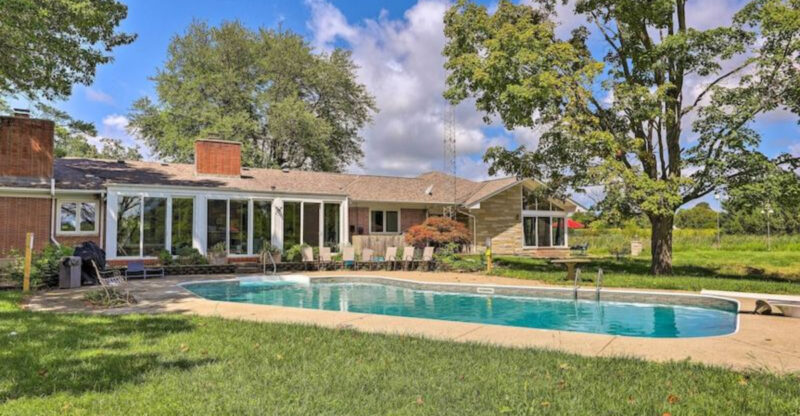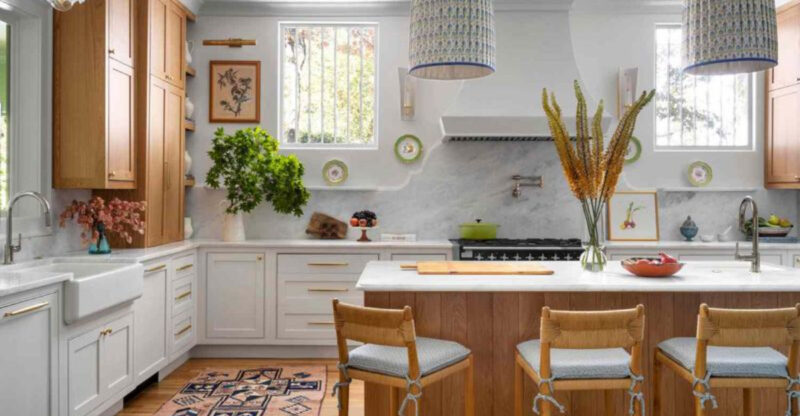5 Reasons 90s Dining Rooms Could Make A Comeback If Designers Agree
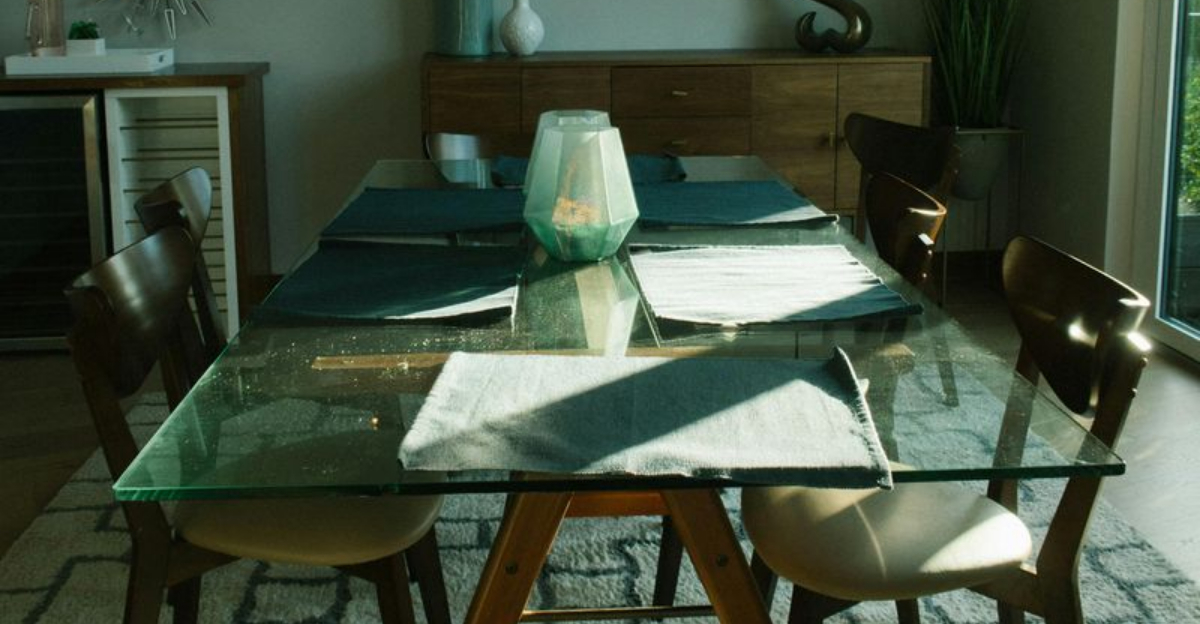
Remember those dining rooms from the 90s the oak tables, floral wallpaper, and brass chandeliers that seemed to appear in every home?
Surprisingly, they’re making a subtle comeback. Interior designers are beginning to appreciate the warmth and character of these spaces, finding value in the cozy, inviting qualities that minimalist modern rooms sometimes lack.
While not every element will suit today’s tastes, thoughtful updates can highlight the charm without feeling dated. Keep in mind that personal style and current trends may affect how well these ideas translate into your own home.
1. Oak Furniture’s Warm Comeback
Golden oak furniture was everywhere in 90s dining rooms, from chunky pedestal tables to china cabinets with glass fronts. Today’s designers are rediscovering solid wood’s sustainability and durability compared to particleboard alternatives.
What’s different now is the approach. Instead of matching dining sets, designers mix vintage oak pieces with modern chairs or contemporary lighting. The warm honey tones add coziness that sterile white and gray spaces often lack.
Many millennials now seek out these solid pieces at thrift stores and estate sales, appreciating craftsmanship that survived decades. With some refinishing or updated hardware, these sturdy tables tell stories newer furniture simply can’t match.
2. Wallpaper Borders Making Waves
Those decorative wallpaper borders that crowned dining room walls were signature 90s style elements. Floral patterns, fruit motifs, and country-inspired designs wrapped around the room just below the ceiling, adding character without overwhelming the space.
Modern versions offer sleeker patterns and easier application methods. Peel-and-stick options make this look attainable without the commitment that scared away previous generations.
Designers now use borders more strategically perhaps just on one accent wall or to frame architectural features. The nostalgic touch creates conversation starters during dinner parties while satisfying our current craving for personalized spaces with character rather than cookie-cutter minimalism.
3. Hunter Green and Burgundy Color Schemes
If you dined in the 90s, chances are you sat surrounded by deep hunter green and rich burgundy tones. These colors dominated everything from wall paint to chair upholstery and table linens, creating spaces that felt formal yet cozy.
Today’s color experts note these jewel tones work beautifully with current brass and gold accents. They offer a sophisticated alternative to the gray-on-gray schemes that dominated the 2010s.
The key difference is how they’re used now as thoughtful accents rather than all-encompassing themes. A burgundy accent wall or hunter green dining chairs paired with natural woods create depth without the heaviness of fully-committed 90s dining rooms.
4. China Cabinets for Display and Storage
China cabinets were dining room centerpieces in the 90s, showcasing wedding crystal and holiday dishes behind glass doors. These substantial furniture pieces fell out of favor during the open-shelving trend, but practical homeowners miss the storage and display opportunities they provided.
Updated versions feature cleaner lines and mixed materials that blend with today’s aesthetics. Some homeowners repurpose vintage cabinets with modern paint colors or new hardware for budget-friendly statement pieces.
With more people collecting unique dishware again and hosting dinner parties post-pandemic, having a dedicated space to store and display special pieces makes sense. These cabinets satisfy both practical needs and our desire for more personalized spaces filled with meaningful possessions.
5. Comfort-Focused Upholstered Dining Chairs
Remember those cushioned dining chairs with fabric skirts hiding the legs? The 90s prioritized comfort at the dinner table with fully upholstered chairs that encouraged lingering conversations after meals. This comfort-first approach is gaining traction again as people rediscover the joy of lengthy dinner gatherings.
Modern interpretations feature cleaner silhouettes and performance fabrics that resist stains better than their predecessors. Mixing chair styles at one table creates visual interest while maintaining the comfort factor.
Designers note that as dining rooms increasingly double as work-from-home spaces, comfortable seating becomes even more important. The pandemic reminded us that functional comfort matters more than rigid adherence to minimalist aesthetics that look good but feel unwelcoming.

